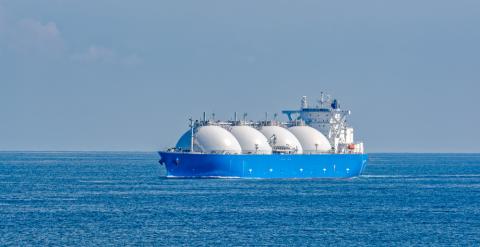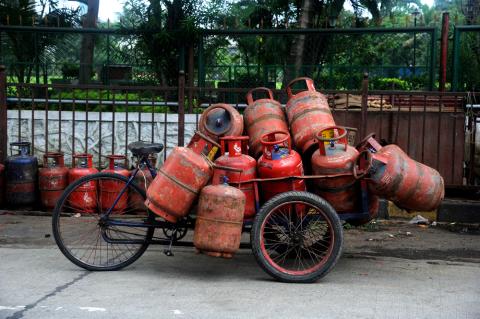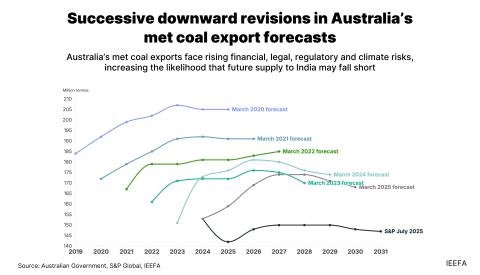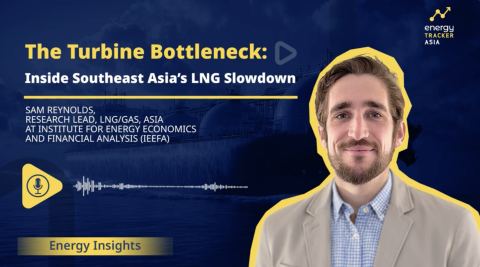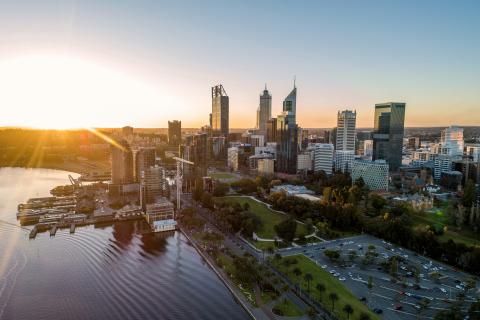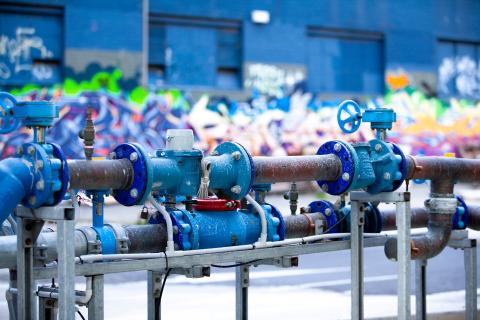New opportunities emerge to reduce Australia's coal sector emissions
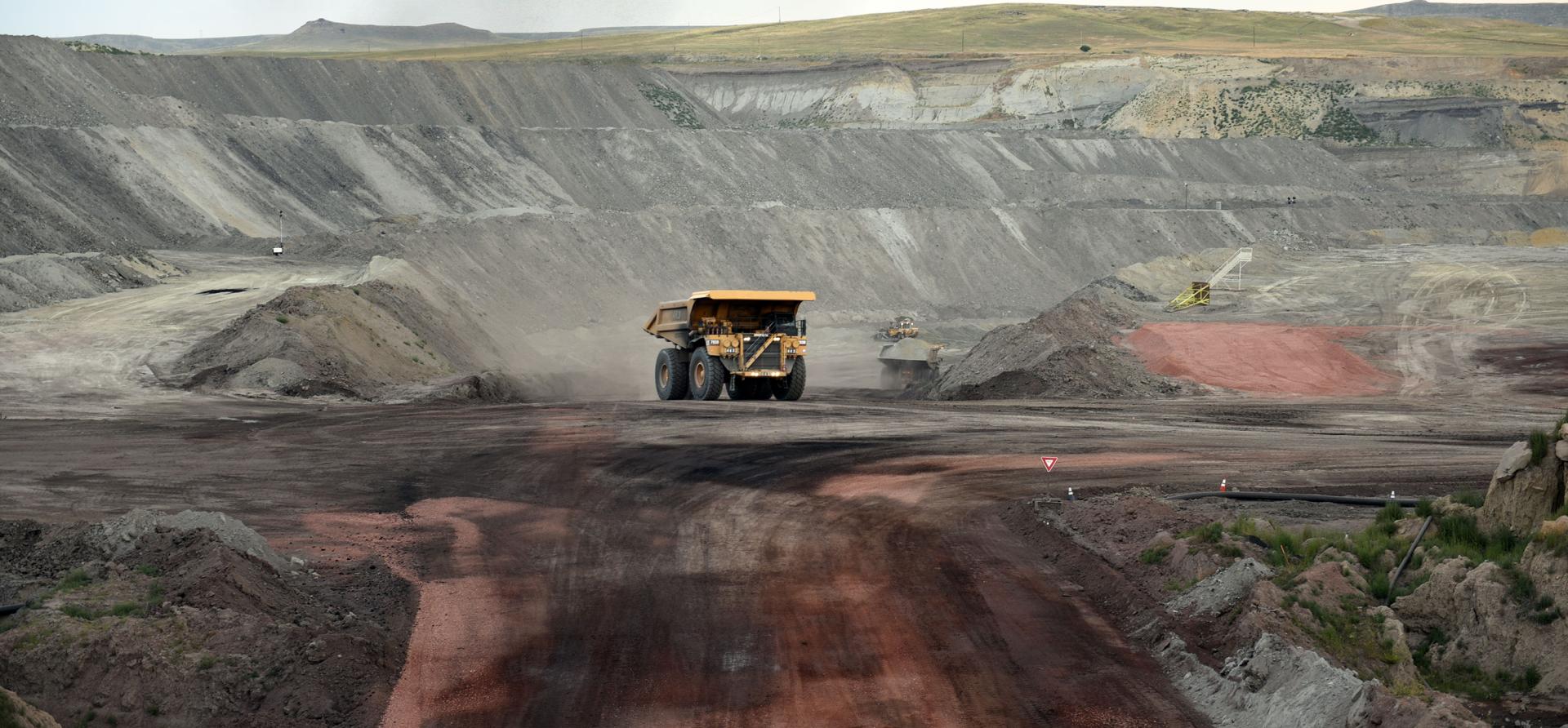
Key Findings
Government carbon credit reforms and potential Safeguard Mechanism changes, combined with $825 million in funding across NSW and Queensland, create opportunities for coalmine methane reduction.
With targeted regulatory adjustments, Australia could lead on coal sector decarbonisation, and avoid relying on offsets and deeper cuts to other sectors’ emissions to reach net zero.
This analysis is for information and educational purposes only and is not intended to be read as investment advice. Please click here to read our full disclaimer.
Government carbon credit reforms could deliver a rare boost for Australia’s climate ambitions in the coal sector. The Emissions Reduction Assurance Committee (ERAC) report confirms the integrity of carbon credits earned though the Australian Carbon Credit Unit (ACCU) scheme from converting coalmine waste gas (CMWG) into electricity. This method offers a practical pathway for real emissions reductions alongside the Safeguard Mechanism (SGM), and coincides with new grant funding to decarbonise coalmines in NSW (A$305 million) and Queensland (A$520 million).
Early insights from Safeguard Mechanism data highlight priorities to improve the National Greenhouse and Energy Reporting (NGER) scheme, the ACCU scheme and the Safeguard Mechanism to incentivise emissions reductions in the sector:
NGER:
- Urgent improvements to methane measurement, reporting and verification methods for open-cut coalmines.
ACCU:
- Remake the scheme for the CMWG method, and implement the recommendations of the ERAC report.
SGM:
- Improved clarity published around permitting the adjustment of emissions baselines for SGM facilities.
- Rebalancing the emissions reductions requirements for different mine types, potentially with separate baselines for underground and open-cut coalmines.
- Placing limits on the use of carbon offsetting; merely requiring an explanation for excess use has been an ineffective deterrent in FY2024.
Without these changes:
- There is limited financial incentive for open-cut coalmines (which accounting for ~80% of Australian coal production) to control methane emissions. This creates a significant risk that their emissions will remain unmeasured and unreported unless NGER measurement standards are updated.
- Other Australian industries would have to make faster and deeper cuts in emissions to account for the expansion and extensions of unabated coal mines.
- The opportunity to capture and utilise methane that could relieve pressure from domestic gas supplies would be lost.
The Safeguard Mechanism: issues and opportunities
The Safeguard Mechanism (SGM) is Australia’s primary policy tool for emissions reduction in heavy industry, including the coalmining sector. It covers all direct (Scope 1) emissions from facilities emitting more than 100,000 tonnes of carbon dioxide equivalent (tCO2e) a year.
As a market-based mechanism, it intends to cap the level of emissions permitted per facility each year, on a reducing scale, encouraging them to cut their emissions. It sets a declining permitted emissions intensity rate where baselines are required to decrease 4.9% per year. Facilities exceeding baselines must buy carbon credits – either ACCUs or Safeguard Mechanism Credits (SMCs) – at one credit per tCO2e. Facilities that overachieve on emissions reduction can bank credits for later use or trade with other facilities. They can apply to borrow emissions baseline from future years if they intend to catch up their emissions reductions.
Within each sector there is in an industry-average rate of emissions, which all facilities must meet by FY2030, regardless of their historical emissions performance. An exception is made for existing coalmines, recognising their differences, whereby the industry-average level determines half of their target rate, and the remainder from is their facility-specific rate.
In the first year of operation, FY2024, coalminers used just under 1 million carbon credits to comply with the SGM. Across all coalmines, 2.9 million ACCUs and 1 million SMCs were sold/ relinquished by mines for emissions exceedance, and 3.1 million SMCs were granted to miners for emitting below their caps. Looking behind the data, it is clear mines have been given generous emissions caps. Where they are required to cut their emissions, they lack incentives to abate their emissions onsite, and are relying on carbon offsets instead. This is despite the large volume of relatively low-cost methane capture opportunities.
IEEFA expects carbon credit use will continue to increase, as will the expense for coalmines to meet emission targets. Between 2025 and 2030, underground coalmines will need to buy about 25 million carbon credits to offset their emissions, worth about A$875 million at today’s price of about A$35 per credit. Across all mine types, the requirement increases to about 35 million credits or A$1.3 billion. In 2030 alone, NSW projects its coal sector will need to reduce emissions by 6.9MtCO2e to meet its obligations, with only 0.6MtCO2e, or less than 10%, of onsite abatement available. The rest would have to be offset with 6.3 million carbon credits, reinforcing the need to address policy issues and opportunities (see table below). In Queensland, a similar number of credits would be required.
NGER: Emissions measurement improvements are needed
For measuring emissions, there is a stark contrast depending on the mine type. Measuring methane in open-cut coalmines is an approximation, and suffers from potential underreporting, as has been highlighted by IEEFA.
Open-cut mines in NSW transitioned to Method 2 reporting set out under the NGER scheme, and in doing so reduced their reported emissions. Queensland large open-cut mines are due to complete their transition this year (FY2025). But none of the mines in either state reported using Method 3 or top-down verification methods. IEEFA research has found that open-cut coalmine methane emissions could be three times higher than reported.
Lower reported emissions translate directly into reduced emissions intensity, or the rate of emissions release per tonne of coal mined. The average intensity rate for underground mines is seven times higher than the average open-cut mine when relying on reported emissions. The use of a single industry-average emissions intensity factor in the Safeguard Mechanism to represent all mine types causes a lopsided requirement for reductions at underground coalmines and little impact on open-cut mines. Considering the impact of industry-average factor and required decline rates, underground mines are required to halve emissions-intensity rates, on average, by 2030, compared with open-cut mines, which are capped at approximately current intensity levels.
Remake the ACCU scheme and extend its reach in coalmining
The ACCU scheme enables carbon credits to be issued for projects that reduce emissions deemed eligible by the Clean Energy Regulator (CER). Given that the SGM awards credits for operating below emission caps, rules are in place to ensure there is no double counting when generating ACCUs and SMCs for the same abatement.
The SGM considers Scope 1 emissions, and since the 2023 reforms, industrial sites can no longer register new ACCU projects that solely reduce their covered emissions. On the other hand, the ACCU scheme rewards facilities for reducing indirect Scope 2 emissions, for example by using methane to offset more carbon-intensive grid power electricity.
ACCUs are issued to operating abatement projects, following a review of the net emissions reductions by ERAC to ensure they comply with integrity standards. Its review recommended that if the government were to continue the CMWG method, it could improve the uptake of abatement by expanding eligibility in the scheme (see table below).
Underground coalmines contribute most reported emissions. Gas pre-drainage systems have been introduced at many, and utilisation of the captured gas represents the next stage. Encouragingly, in FY2025, the 11 new projects registered under the CMWG method were for underground coalmine abatement. This is more than the total registered over the prior six years.
The most effective remaining abatement option is ventilation air methane (VAM) oxidation. It requires capital investment and regulatory integration. Well-designed VAM abatement systems can reduce fugitive methane emissions by an estimated 70%. However, industry adoption remains very low despite the technology’s proven effectiveness.
Methane abatement projects can be economically viable, and IEEFA has reported on how abatement projects such as onsite power generation can be viable for open-cut coalmines.
A remade and expanded CMWG method in the ACCU scheme offers a practical, immediate tool for the sector to achieve meaningful emissions reductions, if paired with improved emissions reporting and amendments to the SGM baseline target setting.
Matched funding opportunities are available to support the industry to accelerate decarbonisation. NSW’s High Emitting Industries grant (A$305 million) and Queensland’s Low Emissions Investment Partnership (A$520 million) can effectively halve the capital costs for miners. But competition for spending discretionary capital on decarbonisation will intensify.
Australia faces a strategic mismatch: it’s growing coal production while markets shrink. Seven new mine approvals in the past year risk accelerating the sector’s decline and hampering emissions reductions. The government has already cut its 2025 coal export forecast by 33 million tonnes from just a year ago.
With some careful changes to the mechanisms and policy framework, and curtailed coal growth ambitions, Australia has a real opportunity to lead on coal sector methane abatement. There are issues and opportunities in the government’s climate policy framework (see table below). These require amendments to the SGM, improved emissions reporting under the NGER scheme, and implementation of a coalmine waste gas method in the ACCU scheme.


